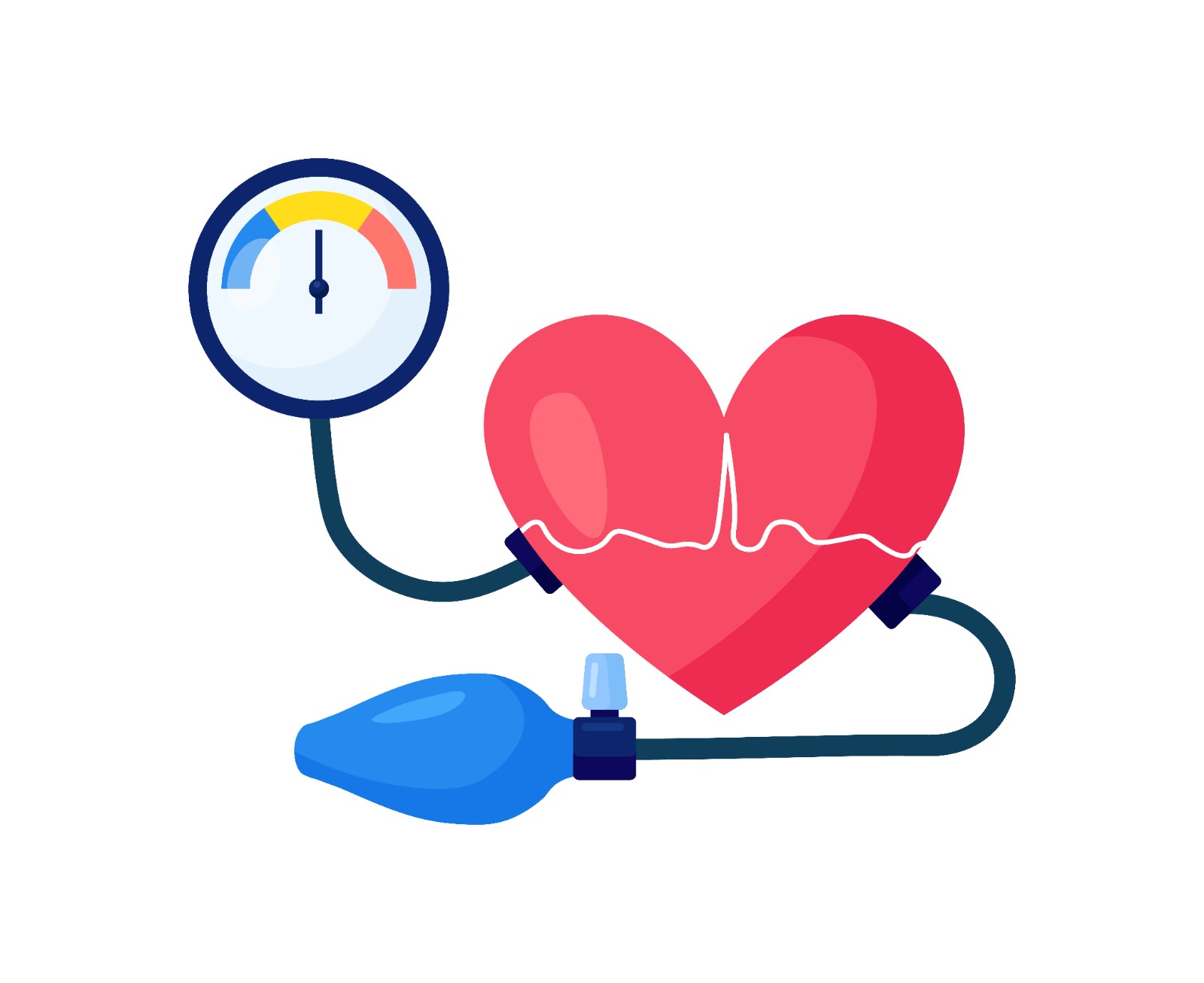Why Hypertension is often called the ‘Silent Disease’
The heart pumps blood through the arteries – the body’s major blood vessels – and that blood pushes against the artery walls. That pushing is blood pressure. [1] Hypertension, commonly known as high blood pressure, is a medical condition characterized by elevated pressure exerted by the blood against the walls of the arteries. A blood pressure reading of 120/180 mmHg or lower is considered normal, while readings consistently above this range indicate hypertension.
Medical professionals often refer to high blood pressure, or hypertension, as the “silent killer” due to its ability to remain undetected for extended periods, potentially leading to fatal consequences. Many individuals with high blood pressure experience no symptoms, making testing the sole method to ascertain its presence. [1]
In this blog post, we’ll delve into why hypertension is dubbed as the silent killer, affecting millions of people worldwide.
01: Unnoticeable Symptoms:
Unlike many other health conditions, hypertension typically presents with no noticeable symptoms in the early stages. Most people with high blood pressure feel perfectly fine and may not realize they have the condition until it leads to serious complications.
02: Gradual Onset and Progression:
Hypertension is a chronic condition that develops gradually over time, with blood pressure levels rising slowly and subtly. This gradual progression may make it challenging for individuals to detect changes in their blood pressure without regular monitoring.
03: Silent Damage to Organs:
High blood pressure can silently damage various organs and systems in the body over time, even in the absence of noticeable symptoms. Persistent hypertension puts strain on the heart, blood vessels, kidneys, and other vital organs, increasing the risk of cardiovascular events and organ dysfunction.
Role of HealthATM in early detection and management of Hypertension:
HealthATMs are equipped with blood pressure monitors that allow individuals to check their blood pressure regularly. With the monitoring of blood pressure readings over time, any fluctuations and trends indicating hypertension can be detected.
If a person’s blood pressure readings are consistently elevated or if they have concerns about their cardiovascular health, they can connect with healthcare providers seamlessly through telemedicine facility for further evaluation and management. Person’s blood pressure data and other health information is stored into Electronic Health Records (EHR), allowing continuity of care and informed decision-making.
Individuals can receive personalized recommendations for addressing these risk factors through lifestyle modifications and preventive healthcare measures. Individuals can reduce their risk of hypertension-related complications and enjoy positive long-term health outcomes.
References:
[1] https://www.columbiadoctors.org/news/why-high-blood-pressure-known-silent-killer

